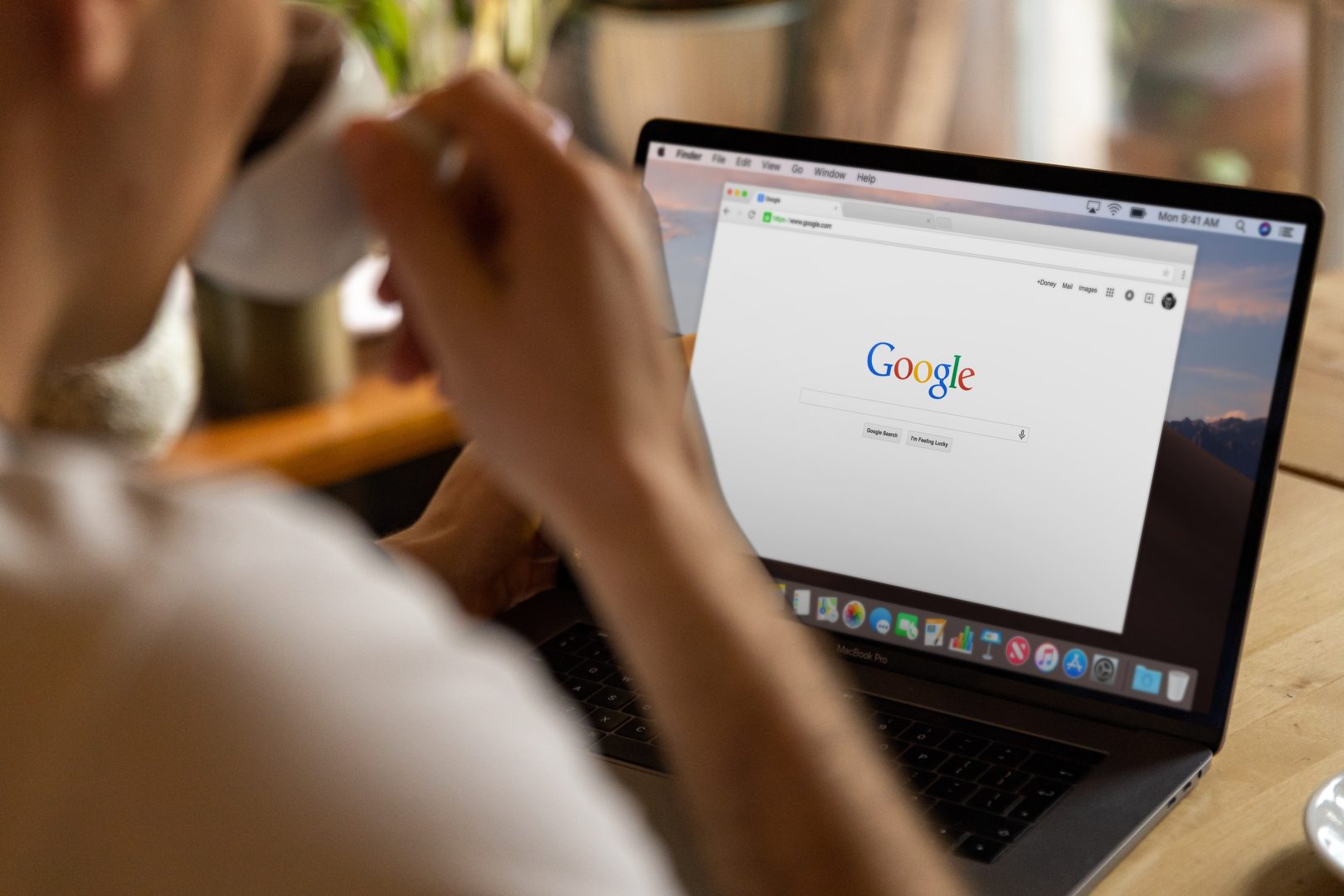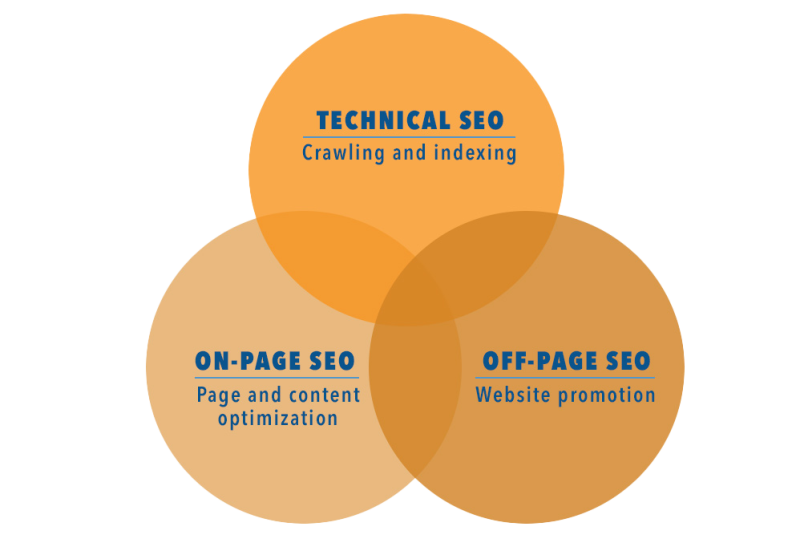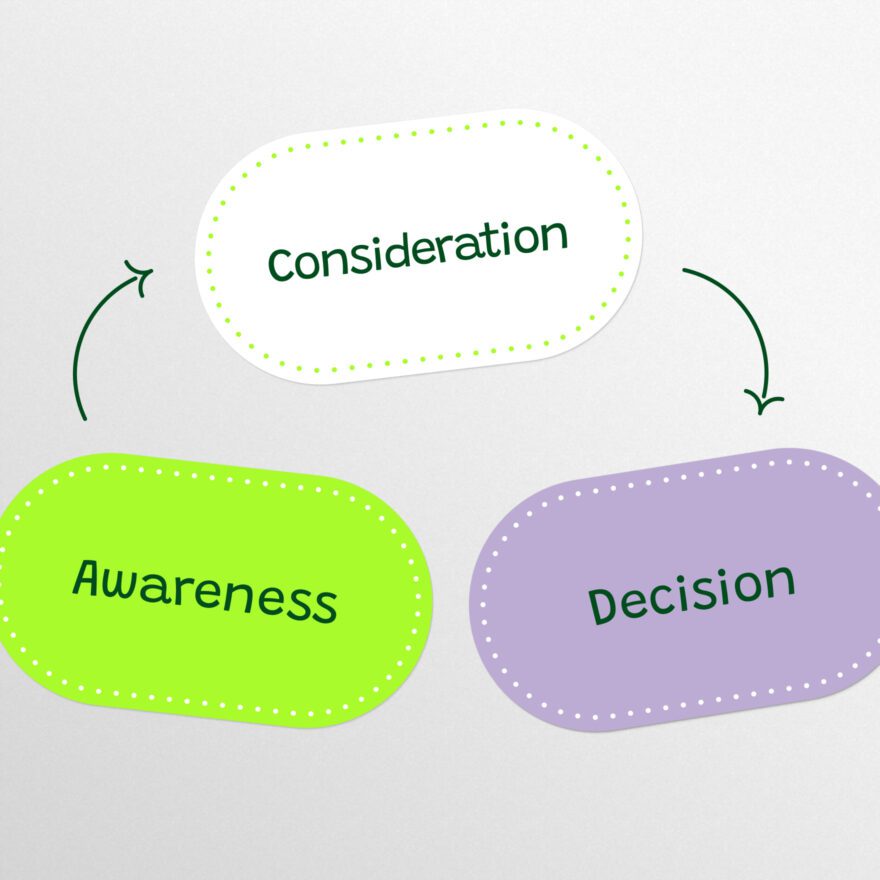An introduction to search engine marketing
For most businesses, having an online presence is vital. Once you are online, you need to include SEM (search engine marketing) into your marketing strategy. Your website can only be useful when your target audience finds its way there and your website provides them with the content they were looking for. How can this be achieved with SEM?

Why is SEM important?
First, we need to understand what search engines are. Search engines are online answering machines. Their goal is to provide you with the best answer to your query.
Google’s search results are divided into three main categories: paid search results, organic search results, and rich search results. The actions you do for ranking in these consist of search engine marketing. SEM can be divided into search engine advertising (SEA) and search engine optimization (SEO). These can be seen as separate functions, yet they should be considered within the same strategy as one supports the other.
When your customers come to you, you don’t have to go to them. With a strong online presence achieved with SEM, potential customers will find your website or service with ease. Your sales team doesn’t need to be cold-calling prospects, because you attract the right people to your site with marketing.
When done systematically and in the long-term, SEM can bring traffic to your site in a highly targeted and cost-effective way. It’s no surprise that it has become an essential part of modern digital marketing since an increasing number of organizations are seeing its benefits.
SEO in a nutshell
SEO stands for search engine optimization and it means the efforts you make to improve ranking in the organic and rich results of search engines. SEO is formed by three main pillars, which can also be seen as on-page and off-page SEO.
- Content: The most important thing in SEO is quality content that answers the query, is readable and is easy to understand.
- Link building: External links increase the website’s reliability and authority. Internal links ease navigation for the users and crawlability for bots.
- Technical SEO: Makes sure the user experience is high-quality and that it is findable and crawlable by bots.

Search engine bots search for new and updated content by crawling links and indexing them under specific keywords. Once someone makes a query, the search engine will place the ones it finds most relevant on the top. How the website is crawled, indexed and ranked depends on the following factors:
- Crawling: Technical SEO, links
- Indexing: Content
- Ranking: Technical SEO, links and content
In order for the search engines to be able to crawl your website, technical SEO and content must be in place. The site’s reliability can be increased by offering a good user experience and content that other reliable sites link to. Competitiveness and ranking can be improved with meta descriptions, schemas and using the right keywords in the right places. However, these alone are not enough to ensure that it will rank among the top results.
You’ve probably heard the phrase content is king. This also applies to SEO. Without quality content, your website won’t rank on top of Google’s results. Good content includes relevant keywords, easy readability, mastery of grammar, and good format among other things. Sometimes good content is not enough, especially if there is a lot of competition. Then it is important to work on link building and technical SEO. Read more about that from our introduction to core web vitals.
Link building can be split into two: internal and external links. Internal links help the search engine and people to navigate on your page, and external links build trust around your website that search engines will reward you with better ranking.
It is important to remember that SEO is a continuous process, and it takes some time to see results. However, the long-term benefits it offers make it worth investing in.
Read more about SEO from our services.
SEA in a nutshell
Search engine advertising (also known as PPC, pay-per-click) refers to paid advertising done on search engines. On Google, this means using their Ads platform where you can choose to advertise with:
- Paid search results
- Display (banner ads)
- Google Shopping
- Video ads
The most important part of a successful search campaign is relevant content for the query. This means your ads and landing pages need to contain relevant information for the query. The relevancy of the ad is measured with a quality score, which will impact how much you pay for the specific keyword.
Display and video ads are shown on the Google network’s partners’ sites, for example, on YouTube. They are, in most cases, cheaper options than search ads. Display and YouTube work best when the goal is brand awareness, but they usually do not convert as well.
All of these offer a variety of targeting options, such as keyword-based targeting, remarketing or targeting users’ interests and behavior.
Read more about SEA from our services.
SEA and SEO – how do they work together?
SEA offers an opportunity to reach results quicker than SEO. The increased traffic you get from advertising also supports and improves your organic visibility, because a higher number of visitors means a higher quality score of the site in the eyes of Google’s algorithm. Inversely, content optimized for search engines improves your advertising quality score.
Furthermore, advertising in search engines gives you a great opportunity to collect data, analyze your competitors’ advertising and raise awareness of your company.
Our approach to SEM
We see digital marketing as an entirety where different functions should be closely tied together. As mentioned, advertising improves organic visibility and optimized content improves advertising. With search engine optimization and advertising under one roof, you can have a truly unified strategy.
Our growth team works closely with our designers and developers in order to take SEO into account at all stages of the project. We are also happy to help with existing websites. If you need help to reach your potential customers online, drop us a line – we’re here to help!
Thanks to our digital marketing specialist Sonja for writing this with me!











